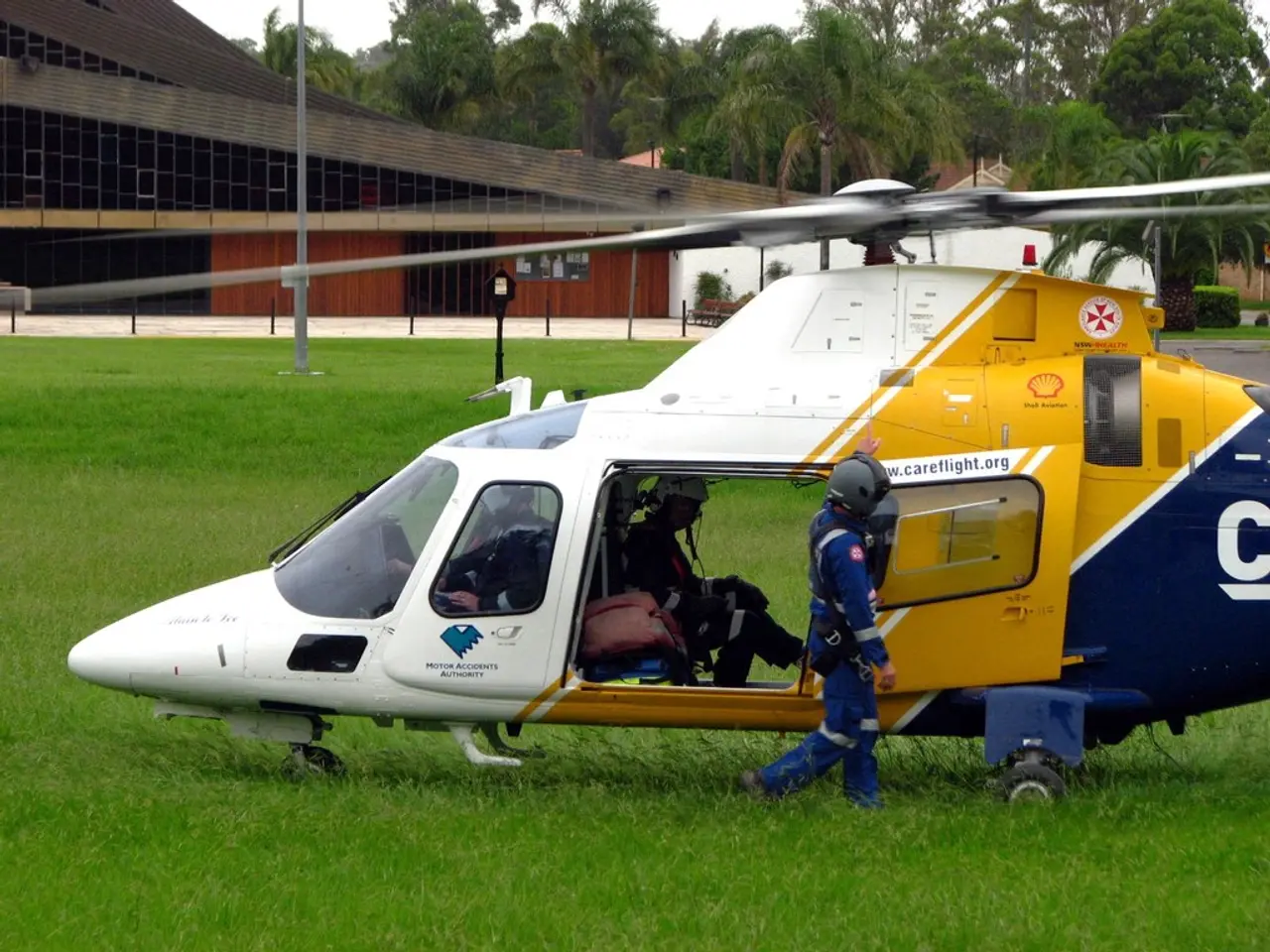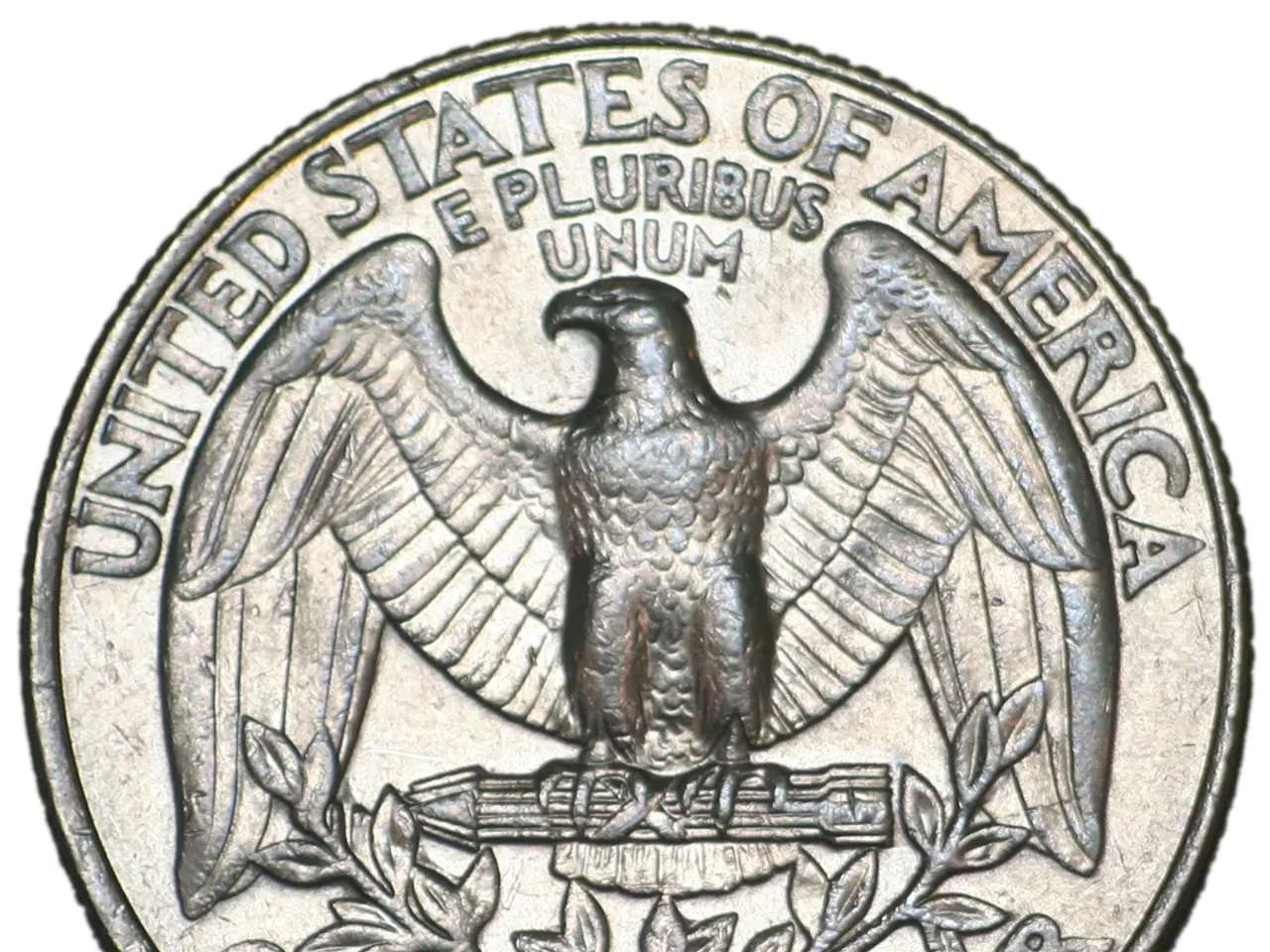Inquiry about the Advancement of Farming through Unmanned Aerial Vehicles (Drones)?
In the rapidly evolving landscape of modern agriculture, drone technology is playing an increasingly significant role. This innovative tool is transforming the industry, making farming more efficient, sustainable, and profitable.
Drones, equipped with GPS and level sensors, can swiftly survey vast tracts of farmland, providing clear insights into crop growth and soil conditions. By doing so, they contribute to environmental sustainability by minimizing the impact of farming through precise water, waste, and pesticide usage, reducing flooding and the use of ozone-depleting substances.
One of the key benefits of using drone technology in precision agriculture is crop monitoring. Drones, armed with AI and aerial imaging, can detect early signs of crop stress, disease, or pest infestation before visible symptoms appear, enabling faster intervention and reducing crop losses by 20-40% in some cases. This early detection helps save yield and supports preventive pest management.
Drones also play a crucial role in irrigation management. By enabling efficient water use, they help reduce water consumption, a critical aspect in water-scarce regions. Drones can provide precise information regarding the proportions of soil moisture in a field, assisting farmers in managing the water structure.
In terms of pest and disease management, drones allow zone-specific spraying of pesticides and fertilizers, leading to up to 30% reduction in pesticide use by avoiding overapplication in healthy areas and minimizing environmental contamination. AI-driven spraying systems control spray volumes dynamically for targeted input delivery.
Drones are also instrumental in planting and seeding, especially in difficult terrain. They can assist with sowing seeds, improving efficiency and enabling precise seed placement that saves seed inputs by avoiding wastage in low-yield areas.
Moreover, drones gather aerial imagery and other data integrated with GIS and precision agriculture software to create detailed maps of field conditions, crop health, soil variability, and yield data. This supports data-driven decision-making, improving input efficiency, increasing yields by 10-30%, and optimizing planting density and nutrient application.
Additional benefits include reduced labor and improved safety, as drones minimize the need for manual spraying, reducing chemical exposure risks to workers. Drones also cover large areas quickly and access difficult or hazardous terrain, reducing labor costs and improving efficiency. Furthermore, drones promote resource conservation through precise input application, reducing chemical and water waste, and mitigating environmental impacts.
In summary, drone technology in precision agriculture enables more accurate, timely, and efficient crop management by integrating AI-driven aerial data collection and targeted input application, which together improve yields, reduce costs, and enhance farmer safety. As drone technology continues to advance, we can expect even more innovative applications in agriculture, further enhancing the productivity and sustainability of farming practices.
References:
[1] PrecisionHawk. (2017). Drone Technology in Agriculture: A Comprehensive Guide. Retrieved from https://www.precisionhawk.com/resources/drone-technology-agriculture-comprehensive-guide/
[2] Zarco-Tejada, P., Moreno-de-Luca, M. C., Moreno, J., & Pazos, M. (2018). Drones in Agriculture: A Review. Sustainability, 10(10), 3607.
[3] Gómez, J. M., & Gómez, E. (2018). Drones in Agriculture: A Review. Remote Sensing, 10(8), 1328.
[4] Gao, F., & Li, Y. (2018). A Review of UAV Applications in Agriculture. Sustainability, 10(6), 1835.
[5] National Aeronautics and Space Administration. (n.d.). Agriculture and Food. Retrieved from https://www.nasa.gov/topics/earth/features/agriculture.html
Drones, armed with AI and aerial imaging, aid in detecting early signs of crop stress or disease, minimizing crop losses and promoting preventive pest management (AI-driven spraying systems and precise water use). Drones also play a crucial role in planting and seeding, facilitating agriculture in difficult terrains and ensuring precise seed placement (planting and seeding assistance).




